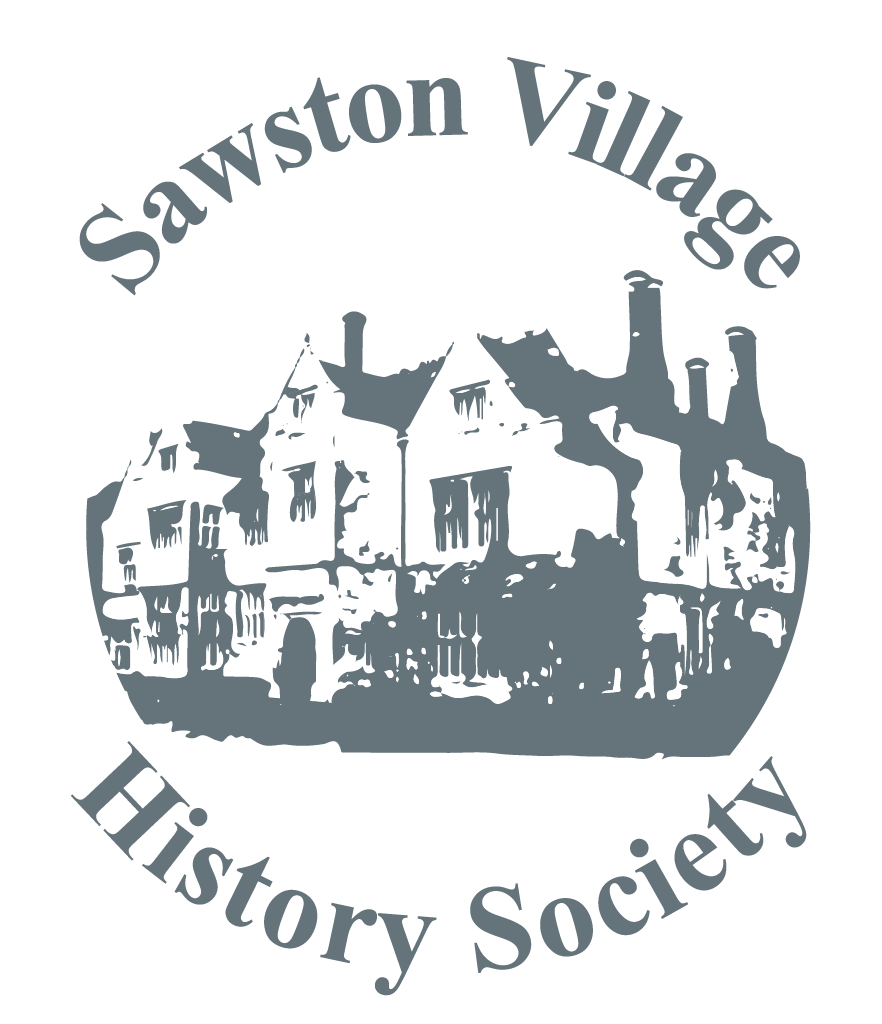
The hospital started as a TB Colony in Bourne in 1916, and moved to Papworth Hall Estate, following the donation of £5000 from a wealthy philanthropist. The first TB officer for Cambridgeshire was Dr. Varrier-Jones, and it was the success of his experimental scheme in Bourne that led to the purchase of Papworth Hall so that his work could continue on a larger scale. On 12th February 1918, the first 17 patients and four members of staff arrived.
TB was a serious problem which increased massively during the First World War so that, for example, in the UK more than 41,000 people died from it in 1915. The disease attacked those in the prime of life, and rich and poor were equally affected, although overcrowding and inadequate diets of the poor increased the risk. The rich could take themselves off to Switzerland to places like Davos for fresh air treatments, but only the very lucky amongst the poor would be sent to Papworth.
Fresh air and light work were believed to be the key to recovery, even in winter. Patients’ beds were pushed outside onto balconies, and others were housed in wooden shelters with open fronts in the grounds. They looked almost cosy although the thermometer could well be at freezing point. As soon as they were able, light exercise or work was important - a three mile walk or digging ditches and making luggage were part of the treatment. Female patients were admitted from 1932.
There were no quick cures and as an example one patient, a Mr Townsend, had TB in his hip and spent two years in bed and a further eight years in one of the huts, but went on to live to 96.
Other early TB treatments were not so gentle and focused on collapsing the lung, with doctors believing that the diseased lobe would heal quicker by resting it. Sometimes the lung was collapsed using ping pong balls placed in a cavity under the ribs (plombage), and sometimes by removing ribs from the chest wall (thoracoplasty).
As surgery started to be used as a treatment for TB, hospitals like Papworth attracted chest surgeons to come and work there, and over time they moved into other types of heart and lung surgery, for example transplantation. Surgeons at Papworth Hospital went on to carry out world ‘firsts’ in the field of transplantation – including the first successful heart transplant in the UK in 1979 and the world’s first heart, lung and liver transplant in 1986. These ground-breaking procedures helped Papworth to become known all over the world.
In recent years specialist services have been developed for the treatment of pulmonary hypertension, cystic fibrosis and sleep disorders.
In 2019, the hospital moved to a new site on the Cambridge Biomedical Campus next to the Addenbrooke’s Hospital.
Jim Butchart